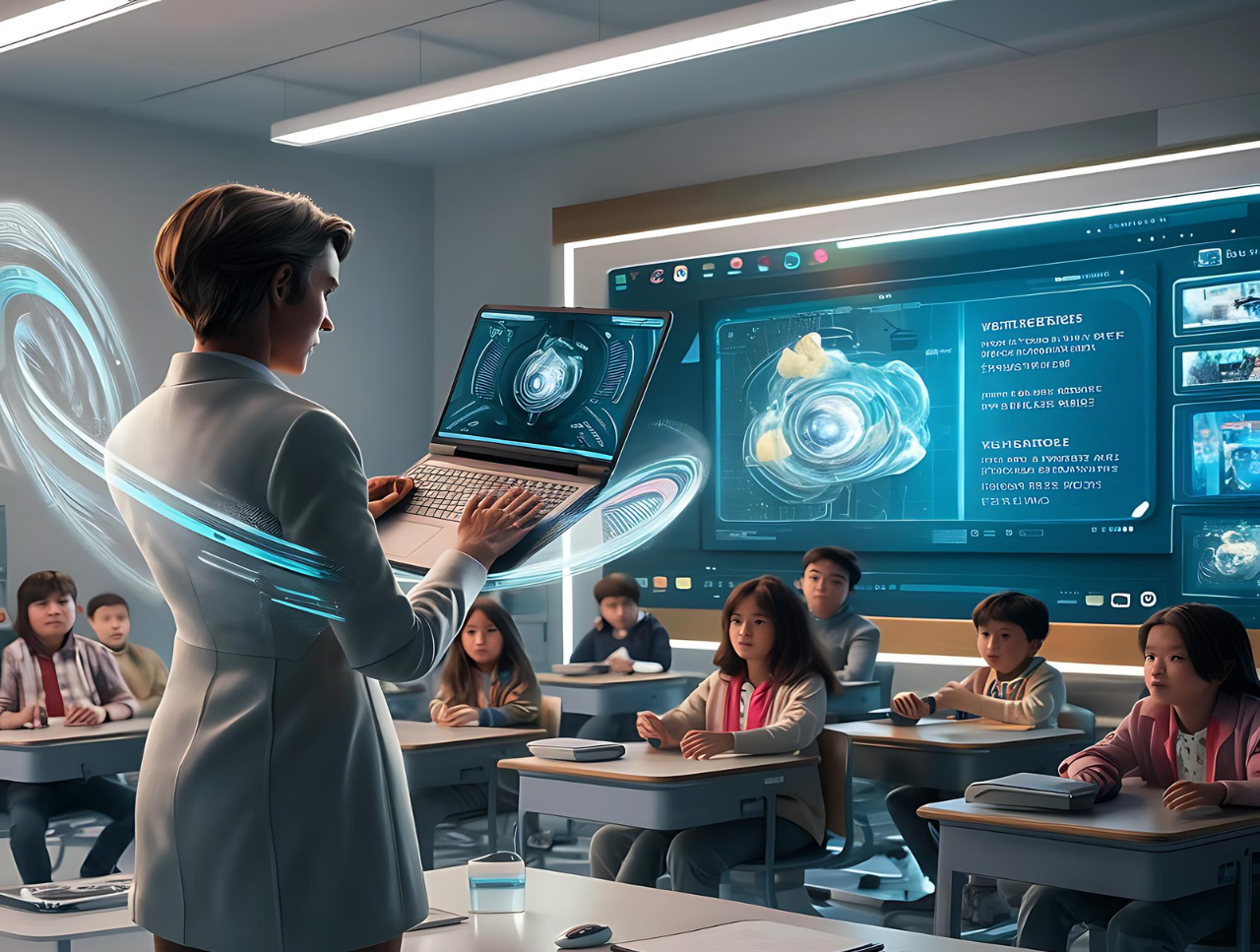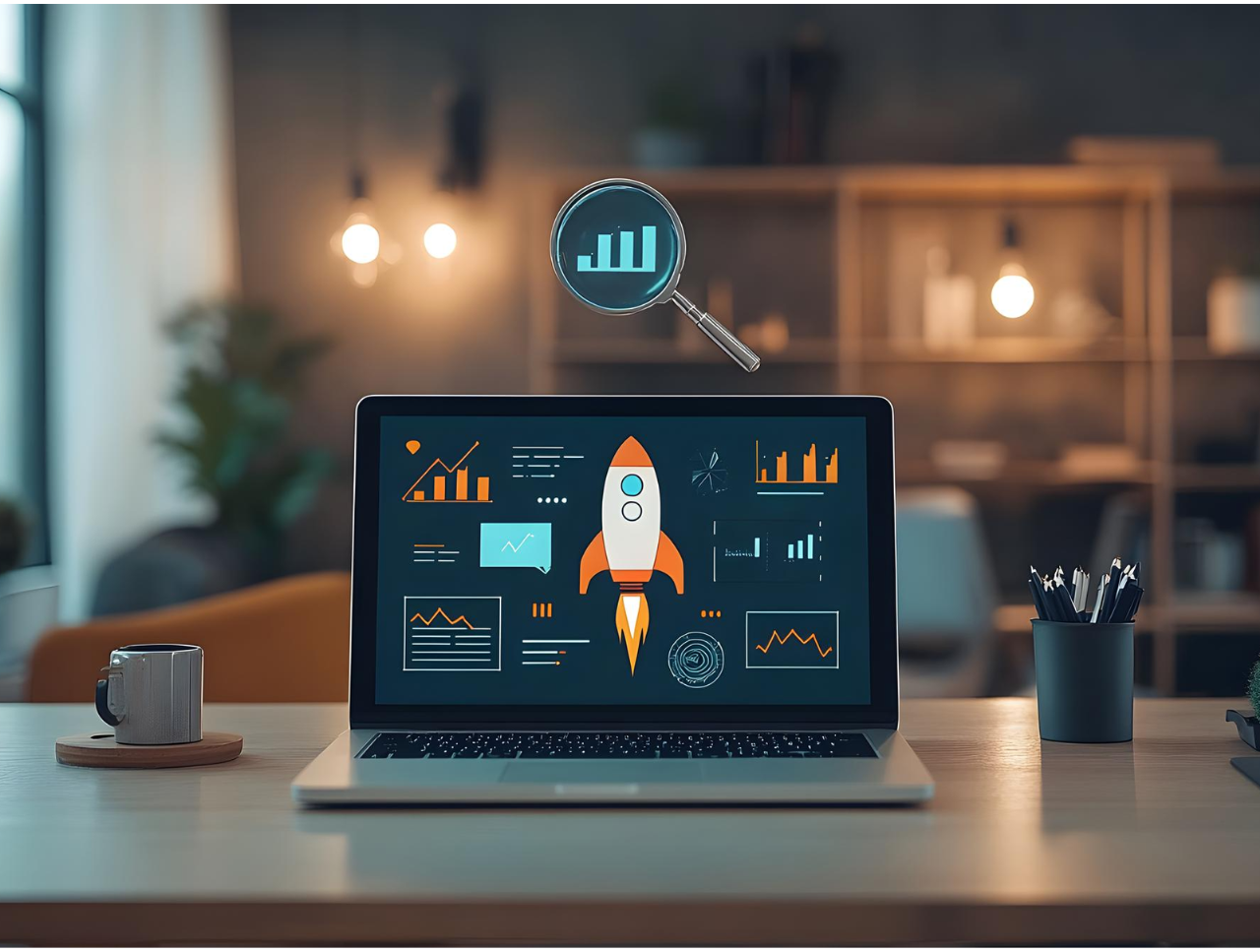The education landscape is undergoing a significant transformation, and at the heart of this revolution is Artificial Intelligence (AI). As AI continues to advance, its application in education is creating personalized learning environments that adapt to the unique needs of individual students. This shift towards customized education is not only enhancing learning outcomes but also redefining the traditional classroom experience.
In this blog, we explore how AI is reshaping education, the concept of personalized learning, and the impact these changes will have on the future of classrooms.
The Emergence of AI in Education
AI in education is no longer a futuristic concept—it’s already being implemented in classrooms, online learning platforms, and educational institutions around the world. From AI-powered tutoring systems to adaptive learning software, AI is being used to create tailored learning experiences that are both more efficient and more engaging for students.
Personalized learning, driven by AI, is at the forefront of this transformation. This approach adapts learning materials, teaching methods, and assessments to meet the specific needs and abilities of each student.
What is Personalized Learning?
Personalized learning is an educational approach that tailors instruction to the unique learning preferences, interests, and abilities of each student. Unlike traditional education models, where students progress at the same pace, personalized learning allows students to learn at their own speed, focusing on areas where they need improvement.
AI plays a crucial role in this process by analyzing vast amounts of student data—including their performance, learning habits, and engagement levels—to create individualized learning pathways.
How AI Powers Personalized Learning
AI’s ability to analyze data and generate insights enables it to create dynamic learning environments. Here’s how AI powers personalized learning:
1. Adaptive Learning Platforms
One of the most significant innovations AI brings to education is adaptive learning platforms. These platforms adjust the difficulty level of learning materials based on the student’s performance in real-time. If a student struggles with a particular concept, the platform can provide additional resources, explanations, or practice exercises to ensure mastery.
For example, AI-powered platforms like DreamBox and Smart Sparrow adapt lessons in mathematics and science to meet each student’s learning pace, offering support where needed and challenging students who are ready to move ahead.
2. AI-Driven Assessments
Traditional assessments, such as standardized tests, often fail to capture a student’s full learning potential. AI-driven assessments, however, provide more accurate and continuous feedback. By analyzing students’ interactions with learning materials, AI can identify areas where they are excelling or struggling and offer targeted interventions to improve understanding.
AI can also personalize test questions based on each student’s level, ensuring that assessments are both challenging and fair. This approach reduces the anxiety associated with traditional testing while providing teachers with deeper insights into student performance.
3. Intelligent Tutoring Systems
AI-powered intelligent tutoring systems (ITS) are another key tool in personalized learning. These systems act as virtual tutors, providing one-on-one instruction to students. Using natural language processing (NLP) and machine learning algorithms, ITS can respond to student queries, provide explanations, and guide students through complex problems.
One notable example is Carnegie Learning’s MATHia, an AI-powered tutor that helps students navigate challenging math concepts with personalized instruction. The system continuously adapts to each student’s progress, ensuring they receive the support they need to succeed.
The Benefits of Personalized Learning in the Classroom
Personalized learning offers several benefits for both students and educators. As classrooms become more diverse, with students bringing varied learning styles and abilities, personalized learning helps address the unique challenges each student faces.
1. Improved Learning Outcomes
Research has shown that personalized learning improves student outcomes by enabling them to learn at their own pace. Students who receive tailored instruction are more likely to grasp difficult concepts, stay engaged, and retain information.
With AI’s ability to provide real-time feedback, students can identify and address their weaknesses immediately, leading to better long-term academic performance.
2. Greater Student Engagement
Personalized learning makes education more interactive and engaging. AI-driven platforms offer multimedia resources, interactive simulations, and gamified learning experiences that cater to different learning preferences. This variety keeps students motivated and encourages a deeper understanding of the subject matter.
Additionally, students are more likely to stay engaged when they feel their individual needs are being addressed, reducing the chances of disengagement or dropout.
3. Empowered Educators
AI in personalized learning also empowers educators by providing them with detailed insights into each student’s progress. Teachers can use this data to adjust lesson plans, group students based on their learning levels, and provide more focused support.
By automating routine tasks like grading and administrative work, AI frees up teachers’ time, allowing them to focus on what they do best—teaching and inspiring students.
Challenges in Implementing AI-Powered Personalized Learning
While the benefits of AI in personalized learning are clear, there are challenges that educators and institutions must address to ensure its successful implementation.
1. Data Privacy and Security
AI systems rely on large amounts of student data to function effectively. Ensuring that this data is collected, stored, and used responsibly is critical to maintaining student privacy. Educational institutions must adopt strong data protection measures and comply with regulations like the General Data Protection Regulation (GDPR) to safeguard student information.
2. Digital Divide
Not all students have access to the technology required for AI-powered personalized learning. The digital divide—disparities in access to high-speed internet and devices—remains a challenge, particularly in underfunded schools and rural areas. Bridging this gap is essential to ensure that all students benefit from AI-driven innovations.
3. Teacher Training
Introducing AI into the classroom requires educators to be proficient in using these tools. Teacher training programs must be updated to equip educators with the skills needed to leverage AI effectively and integrate it into their teaching strategies.
The Future of AI in Personalized Learning
As AI technology continues to evolve, its role in education will only grow. Future classrooms may be fully equipped with AI-powered systems that offer seamless, personalized learning experiences. Virtual reality (VR) and augmented reality (AR) technologies may also become integrated with AI, creating immersive learning environments that further enhance student engagement.
At Nuclay Solutions, we believe in the transformative power of AI to revolutionize education. Our AI solutions are designed to empower educators, enhance student learning, and create more efficient, engaging classrooms. If your institution is ready to embrace the future of personalized learning, we can help you implement cutting-edge AI technology tailored to your needs.
Ready to transform your classroom with AI?
Contact us today to learn how we can help you create personalized learning environments that drive better outcomes for your students.


